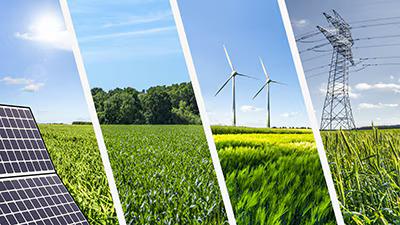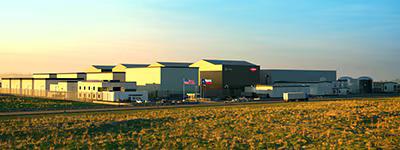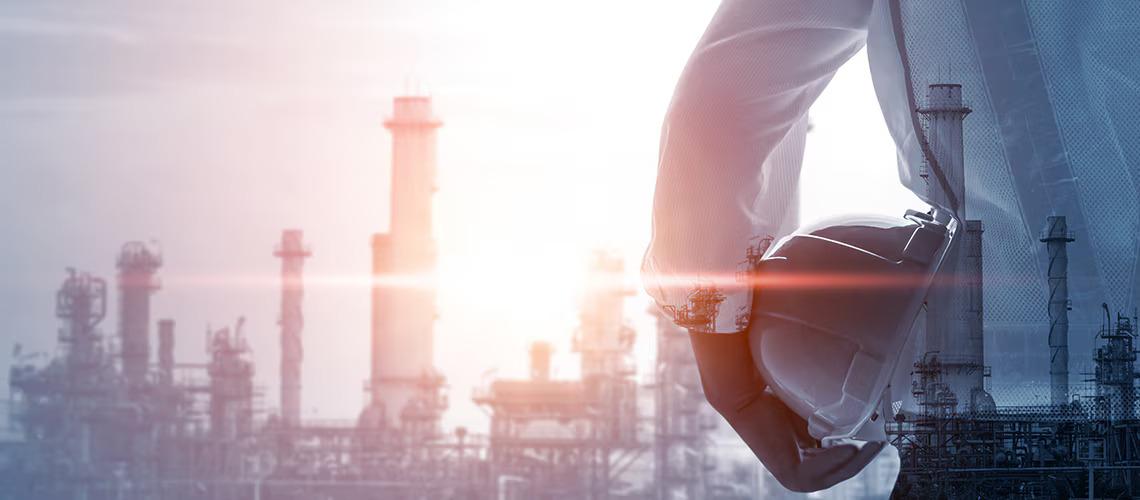Energy Transition: Our Journey Towards a More Sustainable Future
By Edward Stones
We are determined to lead our industry in the complex work of reducing GHG emissions and in enabling our customers and consumers to understand and value the investments we are making.
Reducing greenhouse gas (GHG) emissions and accelerating the clean energy transition are crucial to creating a more sustainable future. Industrial decarbonization requires significant changes in each of what energy sources we use, how we use them, and how we inform customers of what they are buying.
At Dow, we understand and embrace our responsibility to protect the climate, building on almost twenty years of emissions reductions and as embedded in our Path2Zero. To reach our goal, we are increasing the use of clean energy and investing in sustainable manufacturing technologies at our sites, enabling us to verifiably and visibly deliver low emissions products that help our customers meet their sustainability needs.
Increasing the use of clean energy
Energy is crucial to our operations. To make our products, we import and use approximately 10 gigawatts of energy to produce heat, power and steam from more than 80 gas turbines, steam turbines, and boilers, and nearly 200 furnaces at 25 major manufacturing sites worldwide.
An important tool for our emissions reduction efforts is the use of renewable energy. Through renewable power purchase agreements in Europe, Latin America and North America, we are supporting our customers’ ability to reduce their value chain emissions, while supporting the continued development of clean energy markets.
In 2023, we sourced more than half of purchased electricity from renewables such as wind, solar and hydroelectric, contracting a capacity of greater than 1,000 megawatts, and recently were named to the EPA’s Green Power Partnership National Top 100 list. These technologies will remain an important part of our decarbonization strategy in the future. However, our manufacturing operations need reliable, affordable, and sustainable energy around the clock, which means we must also look beyond renewable energy to support our operations.
Investing in next-generation manufacturing technologies
Low-emissions sources such as hydrogen, advanced nuclear, and natural gas connected to carbon capture, utilization and storage (CCUS) also are required for the energy transition to realize a low-GHG-emissions future in manufacturing.
That is why we support policies that accelerate the development of all forms of clean energy, modernize the transmission grid, and support the industry’s deployment of energy-efficient manufacturing processes. We are making investments in these technologies as part of our Decarbonize & Grow strategy to drive long-term growth and reduce GHG emissions.
We also are building the world’s first net-zero Scope 1 and 2 emissions integrated ethylene cracker and derivatives facility at our Fort Saskatchewan site in Alberta, Canada. In this project, Dow will become one of the first industrial users of hydrogen technology to power our operations at scale. Our planned use of hydrogen and CCUS at the site will help reduce emissions at the site by approximately 1 million metric tons (MT) annually of CO2e, while tripling our manufacturing capacity at the site. This decoupling of our emissions growth from our manufacturing growth is a significant step on our path to achieving our emissions reduction targets. Across the globe, we also are working with our suppliers and customers to reduce our Scope 3 emissions.
In 2023, we signed a joint development agreement with X-energy, a leading developer of advanced nuclear reactors and fuel technology for clean energy generation, to deploy zero-emissions advanced small nuclear technology at our Seadrift, Texas, site by early next decade. The proposed project would provide the site with safe, reliable, low-GHG-emissions power and steam and is expected to reduce site emissions by approximately 440,000 MT of CO2e per year.
We are determined to lead our industry in the complex work of reducing GHG emissions and in enabling our customers and consumers to understand and value the investments we are making.
The above examples are a few ways we are helping our customers by providing low-emissions products enabled by our decarbonization efforts. We calculate product carbon footprints using the Carbon Footprint Ledger methodology, which is based on current standards, such as ISO14067 and the GHG Protocol Product Standard and industry guidelines. We are confident that verifiable purchase of low-emissions products will help accelerate investment in these new technologies at Dow and across our value chains.




